Meeting the challenges of declining ore grades using analysers
Declining ore grades are a massive challenge for today’s mining industry. Mine owners are keenly searching for new, innovative and sustainable solutions to increase recovery rates and lower operational costs. One possible approach is for mines to add new pieces of equipment to their circuit. However, when it comes to their current equipment or processes, many sites are looking at optimising their existing practices. Here, we highlight the advantages of using analysers to improve recovery rates, and the importance of maintaining them properly over time.
An increasingly popular tool
Analysers are not new. Certain models have been around since the late 1960s. But with ore grades declining, they are proving to be an increasingly popular tool in the fight to boost yields. Giving an immediate reading on ore quality in all the relevant parts of your operations, analysers allow your operators to react immediately to changes in metallurgical performance, while simultaneously monitoring the effect of their actions in real time. Even a few percentage points increase in recovery will lead to significant financial gains. Deploying analysers also reduces the labour involved in manual sampling and minimises unnecessary downtime.

Why online particle size analysis?
One key task the particle size analyser performs is to continuously monitor ore fineness in the grinding circuit. It automatically measures particle size in the hydrocyclone overflow to enable efficient control of the grinding process.
Why is this so important? Without it, several problems can occur. Most importantly, the ore might not be ground finely enough to enable optimal mineral liberation in flotation. In this case, valuable mineral particles can’t be recovered and will be lost to tailings. In addition, coarse particles can cause filters to become blocked, trigger sanding in the bank’s first flotation cells and, hence, reduce processing capacity. Furthermore, in the absence of online grinding control, there is a risk of overgrinding. Since grinding accounts for the highest proportion of energy consumption in the metal production value chain, this should be avoided at all costs.
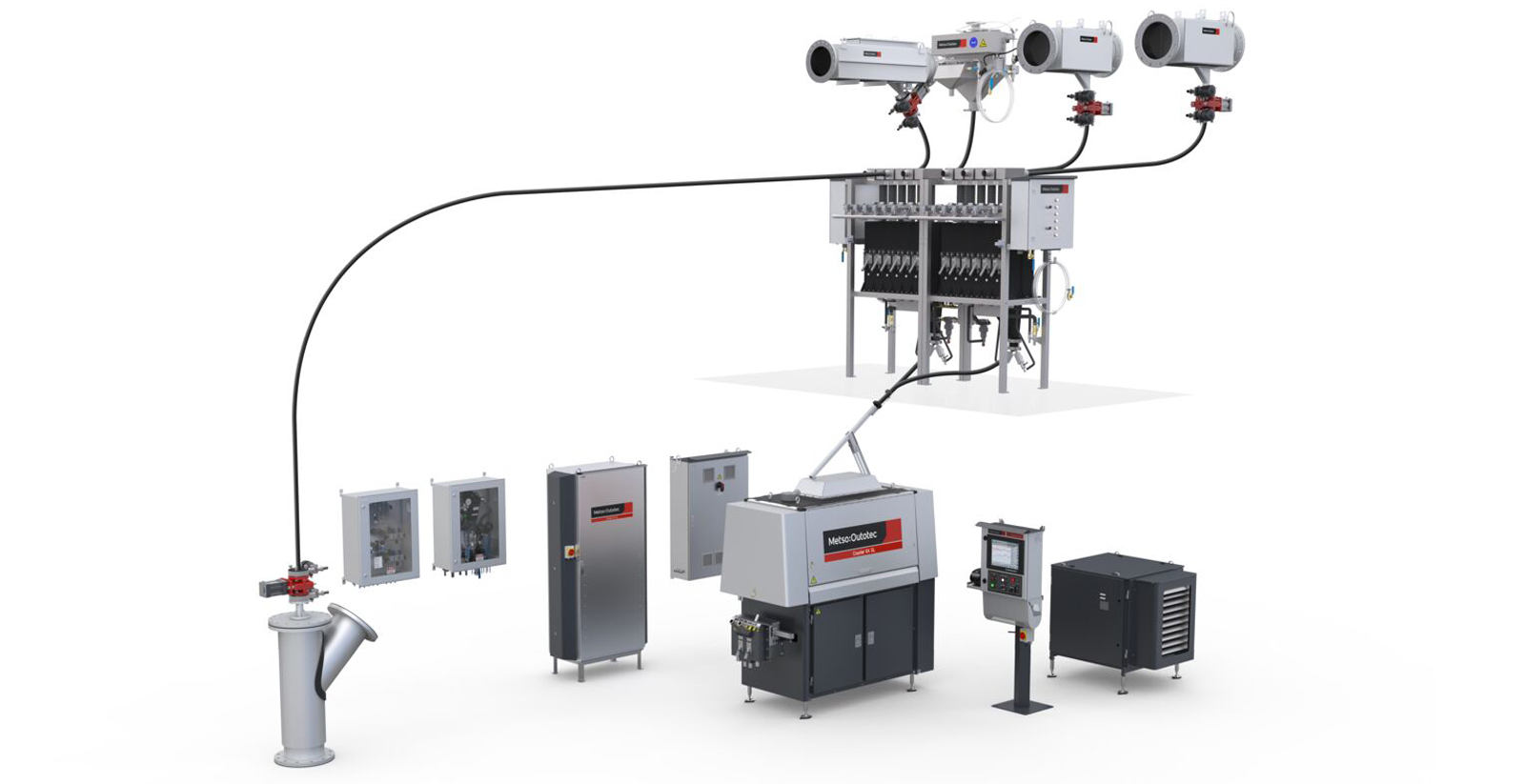
Why online elemental analysis?
Real-time elemental analysis is one of the most important online measurements for efficient flotation circuit control to achieve optimal metal recovery. Today, online elemental analysers are widely used for optimising various concentration processes such as copper, nickel, gold and spodumene flotation. To achieve optimal flotation recovery, the metal content in tailings must be monitored continuously and corrective actions – eg increasing flotation bank mass-pull – must be carried out to prevent losing metal to tailings.
For many of the measurement technologies available on the market today, this can be challenging. The metal content in tailings is very low, especially in precious metal flotation, and the situation will become even more drastic in the future due to declining ore grades. By using a properly maintained and calibrated online elemental analyser, you can reduce metal losses to tailings and improve overall recovery of the plant.
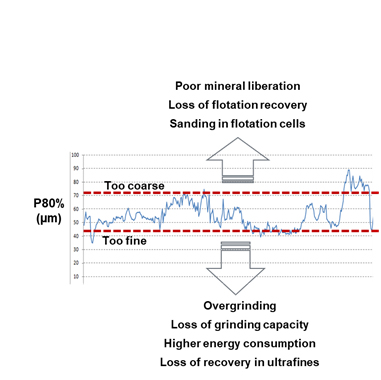
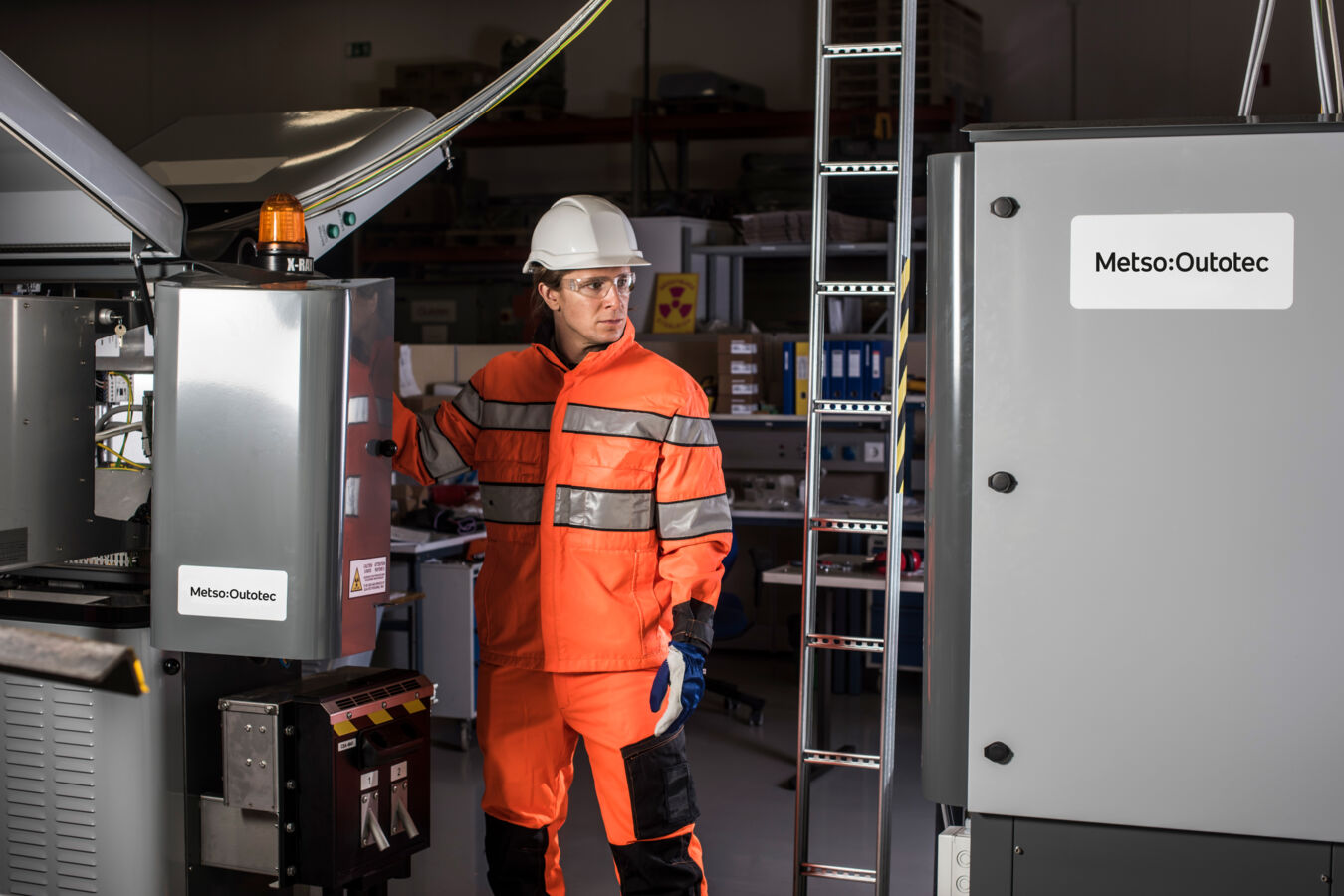
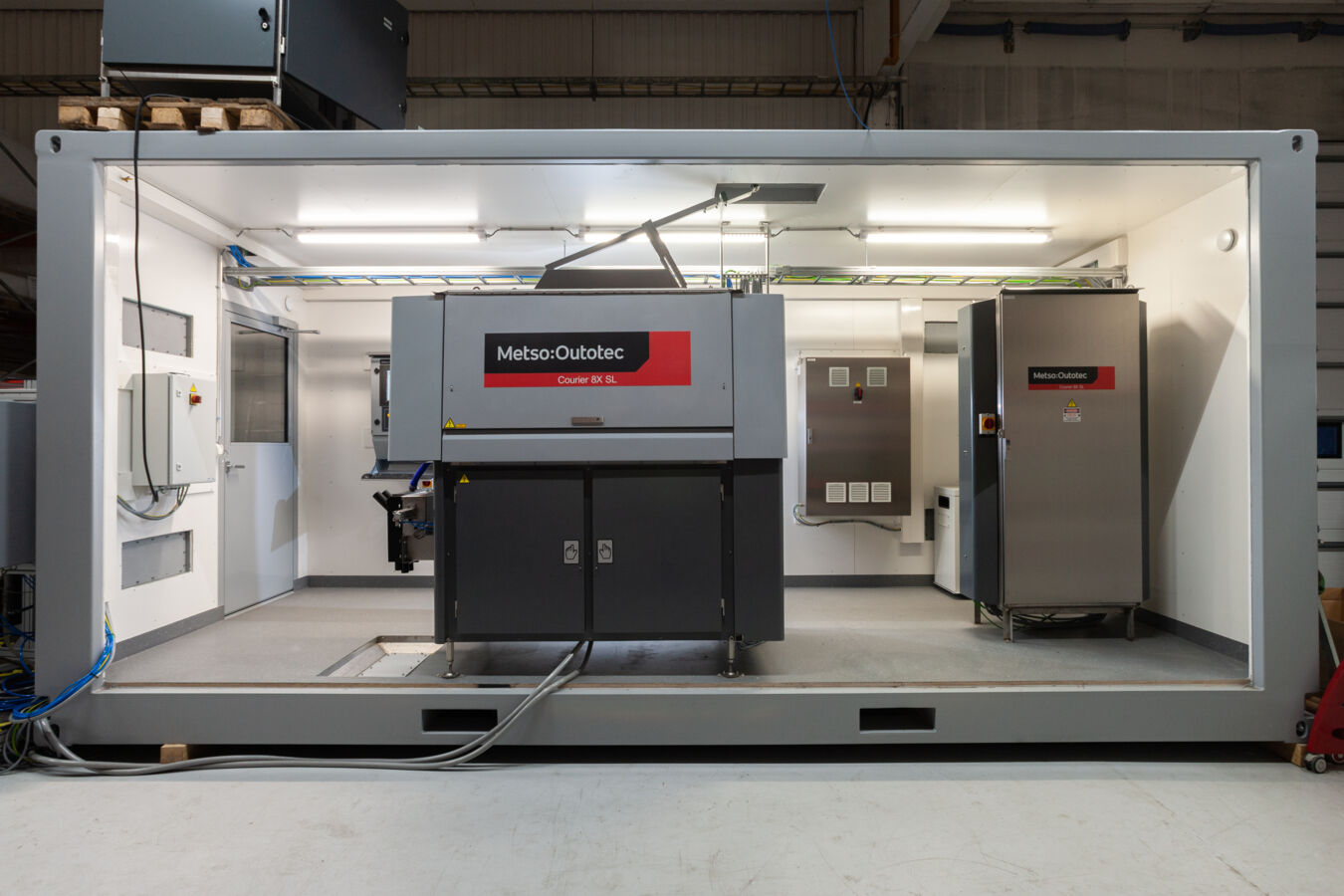
Manual vs automated?
Conducting a manual assay is not only time consuming but also involves a delay between sampling and remedial action, during which time all the above issues may have occurred. Although the initial investment in an analyser system is not insignificant, the system soon pays for itself in the form of increased efficiency, reduced losses and higher recovery rates.
Proper analyser maintenance for best results
As many site managers and process engineering teams are discovering, using analysers can make a big difference to your mine’s output and profits. However, the equipment needs to be maintained properly. Just a small drop in accuracy or unplanned downtime can offset its ability to deliver a proper reading and, thereby, a good return on investment.
Three approaches to analyser maintenance to consider include:
- In-house maintenance – While often the most practical option for mines in remote locations, this strategy’s success depends on staff continuity; something which cannot always be guaranteed in today’s mining industry, as valuable expertise is often lost due to job rotations or retirement.
- Periodic support from an OEM – In this case, an OEM complements the efforts of your in-house team. A technician visits 2-3 times per year to check the analyser’s performance. The problem is, any errors that occur between the technician’s visits might not be picked up for several months, by which time inaccurate readings may have led to heavy losses.
- Life Cycle Services contract – The third and undoubtedly best way to secure the performance and longevity of your analyser is via a Life Cycle Services (LCS) long-term service contract, such as that offered by Metso Outotec. In this case, the analyser system is monitored and calibrated continuously to ensure the fastest possible response times to any deviations. Having an LCS contract in place can make all the difference, increasing your analyser’s availability significantly. As one senior process specialist explained, “The Service Agreement is vital for our business. We cannot run without the analyser. It affects both our productivity and safety.”
Get your analysers and LCS package from one supplier
As the mining industry accelerates its digitalisation journey, taking advantage of live data 24/7 and a partnership with your OEM will help you stay ahead of the curve. Leveraging digital tools and data-driven services to gather the information you need to optimise operations, identify and replicate best practices, and help sites meet their sustainability targets.
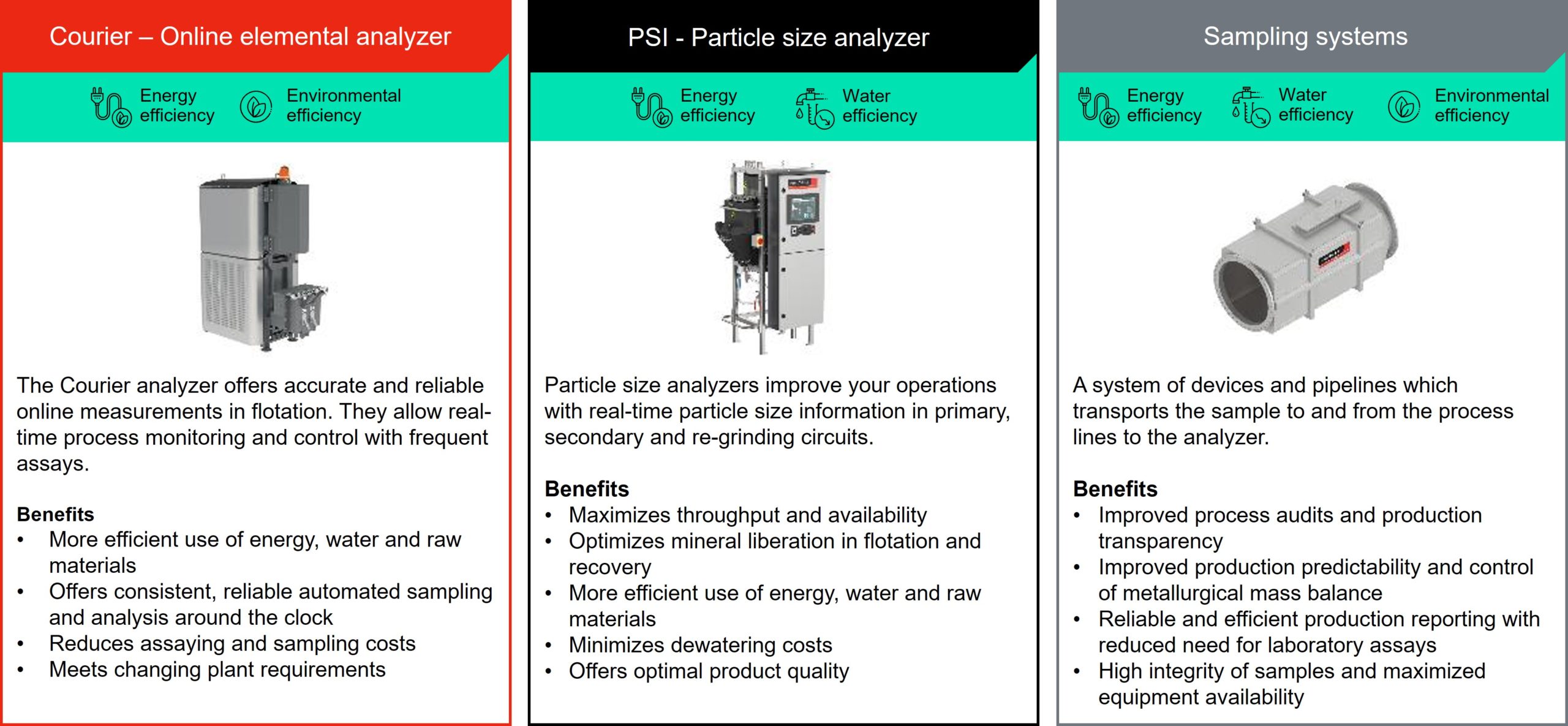
At Metso Outotec, we offer a range of different analysers to meet your needs. Our experts can advise you about which one to choose, set up your system and devise the appropriate test protocols for you. Once it is up and running, your analyser will provide continuous assaying of ore in real time, helping you to tackle the challenge of declining ore grades. And with an LCS contract, its performance is guaranteed for years to come.
How are you tackling the challenge of declining ore grades?
Get in touch with the experts if you would like to explore your options: Juha Timperi, Director, Analyzer Solutions (juha.timperi@mogroup.com), Henri Hellman, VP, Flotation, Automation & Thickening PG, SVSBDP Flotation, Thickeners & Automation (henri.hellman@mogroup.com) & Manu Veuro – Product Manager, Life Cycle Services (manu.veuro@mogroup.com).
To learn more about the company’s Automation offering, follow this link here – Automation – Metso Outotec (mogroup.com)
And for more on Metso Outotec’s LCS contracts, head to this page here – Life Cycle Services for mining – Metso Outotec (mogroup.com)











